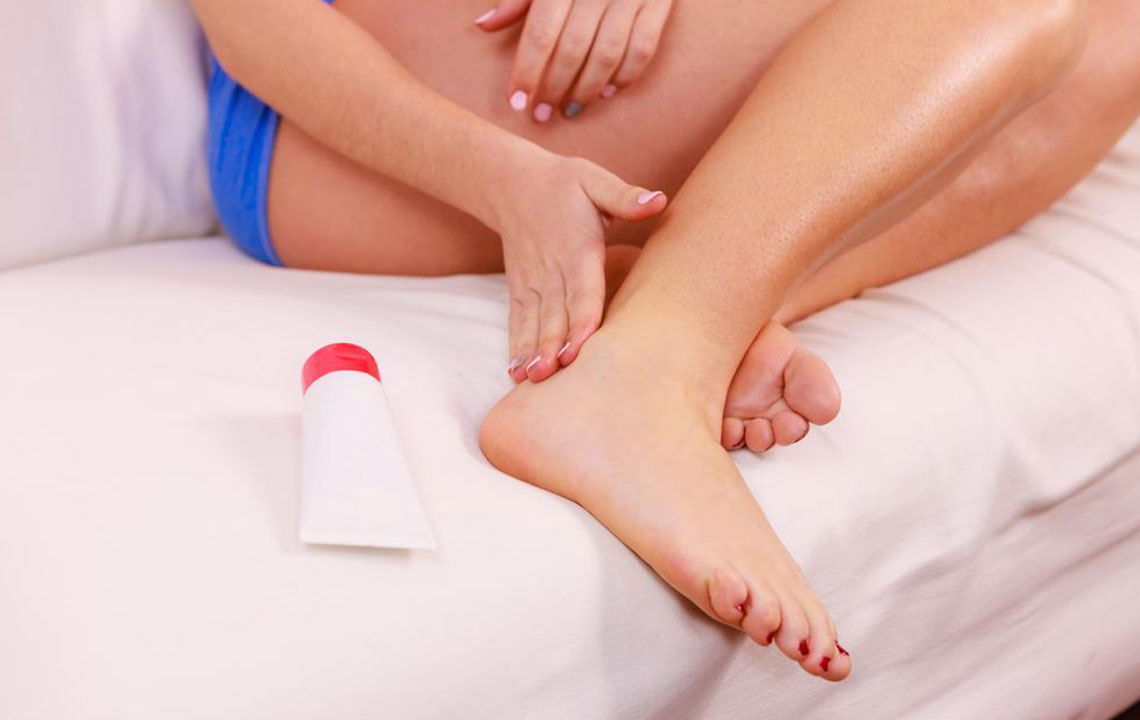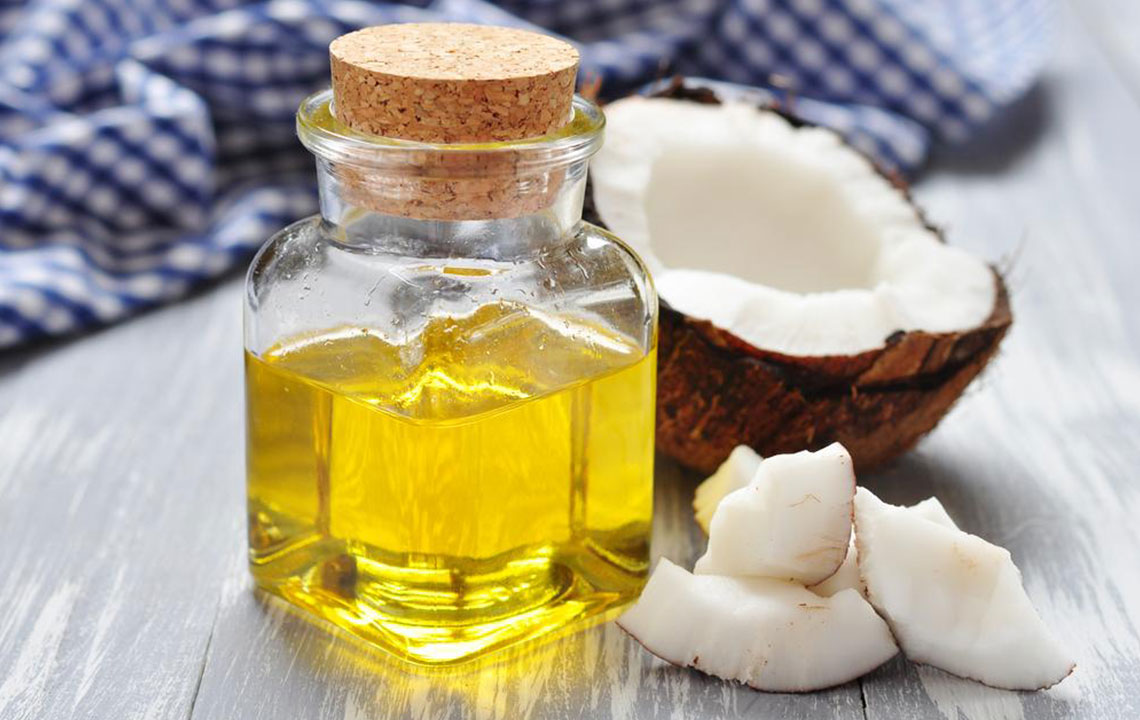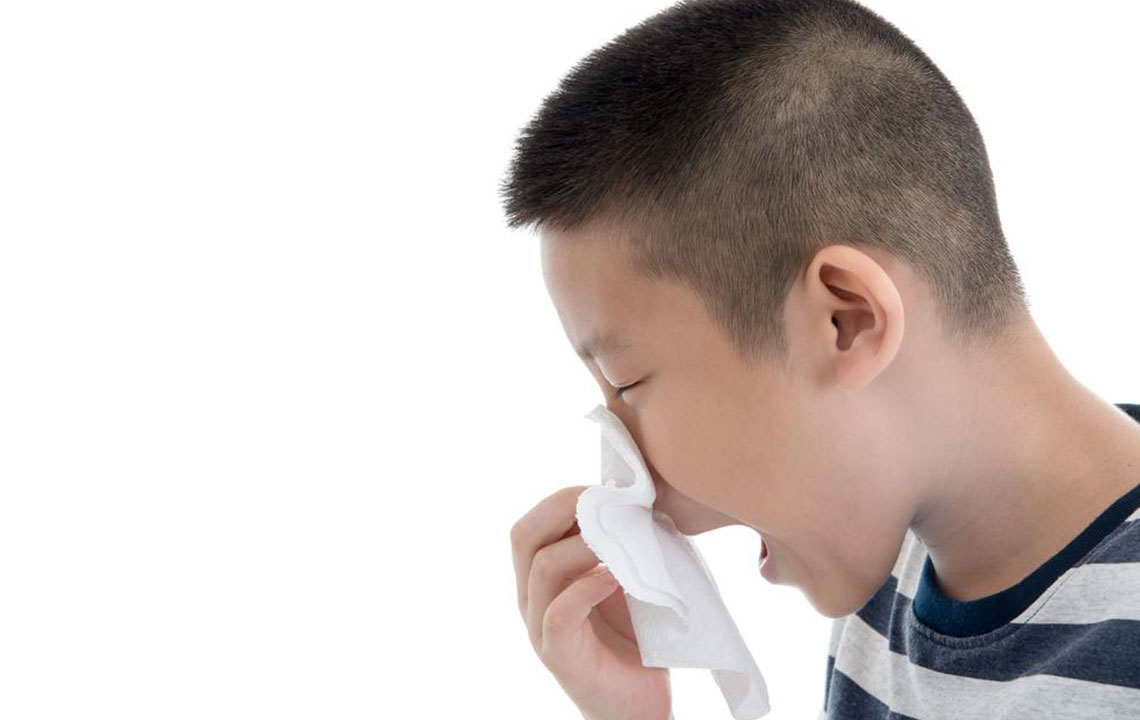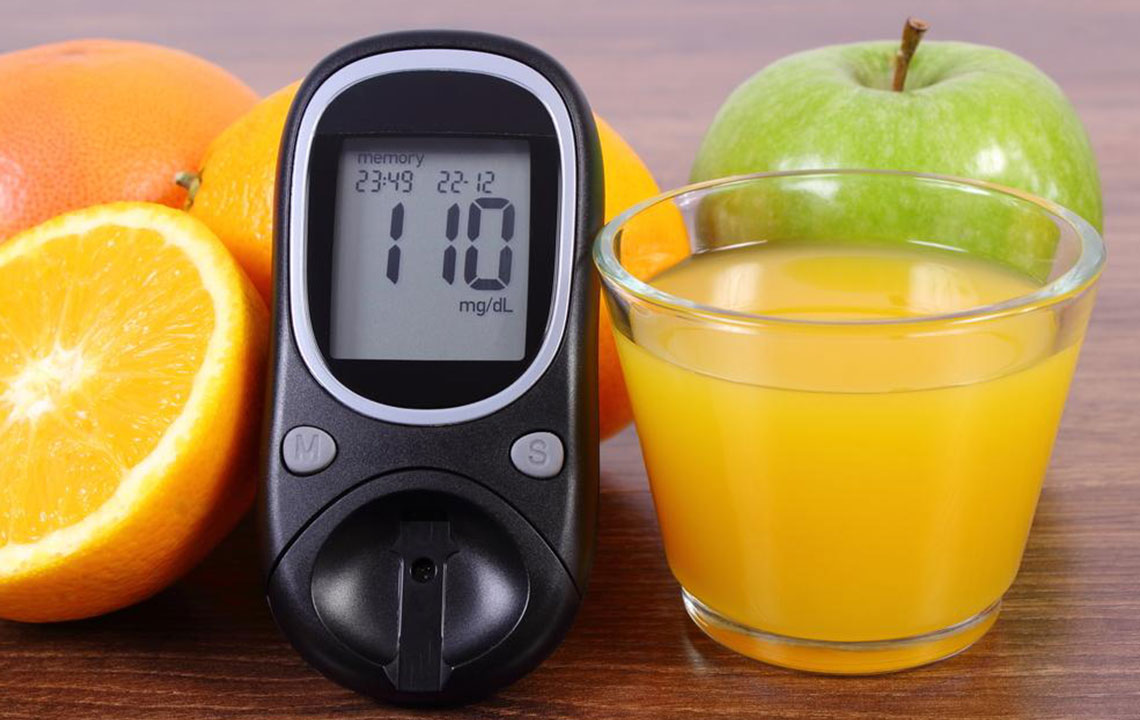Effective Home Strategies to Relieve Heel Pain Naturally
Discover comprehensive home remedies to effectively alleviate heel pain naturally. From gentle massage and ice therapy to stretching exercises and herbal teas, learn practical tips to reduce discomfort, promote healing, and maintain healthy feet without relying solely on medications or surgical procedures. Suitable for those seeking accessible ways to manage heel pain at home, these remedies focus on boosting circulation, reducing inflammation, and strengthening foot muscles, making everyday walking and standing pain-free and enjoyable.

Effective Home Strategies to Relieve Heel Pain Naturally
Heel discomfort is a common issue that many overlook until it significantly impacts daily life. While persistent or severe heel pain should prompt a visit to a healthcare professional for accurate diagnosis and tailored treatment, there are numerous natural remedies that can be easily applied at home to alleviate minor heel pain. It's important to understand the underlying cause of the discomfort before attempting any self-treatment, as proper identification ensures effective relief and prevents further injury.
Heel pain often originates from conditions like plantar fasciitis, which is characterized by inflammation of the plantar fascia—a thick band of tissue that runs across the bottom of your foot connecting your heel bone to your toes. This condition can cause sharp, stabbing pains, especially after rest or prolonged activity. Aside from plantar fasciitis, other contributing factors include wearing high heels, poorly fitted shoes, over-walking or standing for extended periods in uncomfortable footwear, heel spurs, stress fractures, bone tumors, and bursitis. Recognizing these causes can help guide appropriate remedies and prevent recurrence.
Heel Massage
One of the simplest yet most effective natural remedies for heel pain is gentle massage. Using warm oil, such as coconut, olive, or sesame oil, massaging the heel can promote blood circulation, relax tense muscles, and reduce inflammation. The technique involves applying gentle circular motions around the heel and arch of the foot for several minutes. Enhancing the massage with essential oils like lavender or frankincense can also help diminish inflammation and provide aromatherapy benefits, further relaxing your body. Regular heel massage, especially after a long day, can offer considerable temporary relief and improve overall foot health.
Ice Therapy
Ice therapy remains one of the most accessible and effective home remedies for heel pain relief. Applying an ice pack to the affected area helps numb nerve endings, thereby reducing pain sensation. To do this safely, wrap a few ice cubes in a thin towel or use a commercial cold pack—avoid direct contact to prevent frostbite. Rest the ice pack on your heel for 15-20 minutes, taking care not to overexpose the skin. Repeating this process several times a day can significantly decrease inflammation and swelling, especially after activities that aggravate heel discomfort. For convenience, keep a portable ice pack in your freezer or carry one when traveling to ensure quick relief whenever needed.
Stretching Exercises
Gentle stretching exercises are vital for strengthening the muscles, tendons, and ligaments involved in foot and heel health. Regular, targeted stretches can enhance flexibility, improve blood flow, and alleviate tension in the plantar fascia and Achilles tendon. For example, calf stretches against a wall, towel stretches, and toe-pointing exercises can all be beneficial. It is crucial to perform these stretches slowly and consistently, aiming for daily sessions of 10-15 minutes. Over time, these exercises can prevent future heel pain episodes and support natural healing processes.
Warm Foot Soaks
Soaking the feet in warm water provides soothing relief and can help reduce heel pain caused by inflammation or muscle tension. Fill a basin with hot water—ensuring it’s warm but not scalding—and add Epsom salt, which is rich in magnesium and known to promote muscle relaxation and healing. Submerge your feet for about 20 minutes, allowing the warm water to ease discomfort and improve circulation. Regular warm foot baths are especially beneficial after prolonged standing or walking, making them an excellent at-home strategy for maintaining foot health and reducing heel stress.
Herbal Teas for Healing
Consuming herbal teas with anti-inflammatory and antioxidant properties can support healing and ease heel pain. Teas such as turmeric, chamomile, ginger, cinnamon, and alfalfa are known to boost immunity, reduce inflammation, and promote overall well-being. Incorporating these teas into your daily routine can soothe your nervous system, lessen pain perception, and contribute to faster recovery. Moreover, the comforting nature of herbal teas provides emotional comfort, which can be beneficial when managing chronic discomfort.
Acupressure and Foot Reflexology
Acupressure and foot reflexology are alternative therapies that focus on stimulating specific points on the feet to promote healing and relieve pain. These techniques involve applying gentle but firm pressure to key areas associated with the heel and plantar fascia, helping realign foot biomechanics and reduce inflammation. Scientific evidence suggests that fascia-based treatments like acupressure can prevent over 90% of heel pain cases without relying on medication or surgical intervention. To enhance effectiveness, wearing supportive, flat footwear or insoles designed for heel support can prevent future issues and support proper foot function.
In addition to these home remedies, maintaining a healthy weight, wearing proper footwear, and avoiding excessive strain on your heels are critical preventive measures. If heel pain persists or worsens despite these natural remedies, consulting a healthcare professional is essential for a precise diagnosis and possible advanced treatments.
By adopting these natural strategies and paying attention to your foot health, you can effectively manage heel pain and restore comfort in your daily activities. Remember, consistency is key, and combining these remedies with proper footwear and lifestyle habits will yield the best results for long-term heel health.





